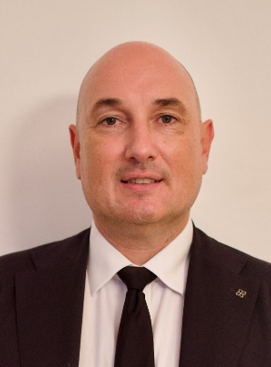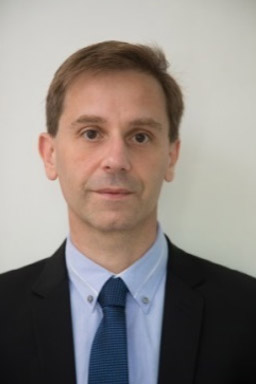with SATCOM, LEO, L and Ku Bands, …for Air Traffic, ACARS messages, safety and non safety communications?
Reservation
Reserve your seats(Collins, ESSP, ….)
29 February, AIR FORMATION, Blagnac
Synopsis: Satellite communication (SATCOM) is a technology that enables wireless communication between terrestrial and orbital devices using radio waves. SATCOM can be used for various applications, such as air traffic control, airline operation centre, weather forecasting, broadcasting, mapping, and more. SATCOM operates in different frequency bands, each with its own advantages and disadvantages. Some of the most common frequency bands are L-band, Sband, C-band, X-band, Ku-band, and Ka-band.
• Low Earth Orbit (LEO) satellites are satellites that orbit the Earth at altitudes of 2,000 km or less. LEO satellites have the advantage of low latency, high bandwidth, and low power consumption, but they also have the disadvantage of short orbital periods, high maintenance costs, and interference from other satellites and debris. LEO satellites can be used for various applications, such as global positioning system (GPS), satellite mobile phones, internet access, remote sensing, and more.
• Air traffic control (ATC) is a service that monitors and regulates the movement of aircraft in the airspace and on the ground. ATC uses various communication systems, such as very high frequency (VHF), high frequency (HF), and SATCOM, to communicate with pilots and ground staff. SATCOM is an alternative means of communication for flying over oceanic and remote areas, where VHF and HF are not available or reliable. SATCOM can also provide internet connectivity for electronic flight bags (EFB), which are devices that provide pilots with flight information, such as live weather updates, in-flight briefing updates, and more.
• ACARS (Aircraft Communications Addressing and Reporting System) is a digital datalink system that enables the exchange of messages between aircraft and ground stations. ACARS messages can be used for various purposes, such as flight management, aircraft monitoring, maintenance, passenger services, and more.
• Safety and non-safety communications are two categories of communications that have different requirements and priorities. Safety communications are communications that are essential for the safe operation of the aircraft, such as ATC instructions, emergency alerts, and distress signals. Non-safety communications are communications that are not critical for the safety of the aircraft, but may enhance the efficiency, comfort, or entertainment of the flight, such as EFB applications, passenger services, and cabin entertainment. Safety and non-safety communications have different levels of quality of service (QoS), security, and availability, and may use different communication systems and frequency bands. For example, safety communications may use L-band SATCOM, which is less susceptible to rain fade and interference, while non-safety communications may use Ku-band or Ka-band SATCOM, which offer higher bandwidth and lower cost.
Speakers : Pierre Lahourcade (ESSP) and Philippe Liévin (COLLINS)

20+ years of experience on international aviation market, Pierre Lahourcade has experienced several executive positions in different aviation stakeholders like system industry, consulting, institutions and operators.
Those positions enabled him to develop a deep knowledge of ANSPs, Airports, Airlines, Civil Aviation Authorities and Space challenges.
Pierre owns a Master of Science in Software Engineering, a Master in Strategy and Innovation Management and an Executive MBA in General Management. He started at Airbus Defense & Space as ATM project manager.
He led Aviation business development for Egis and developed the French Civil Aviation University (ENAC) as International and Development Director.
In 2019 Pierre Lahourcade joined ESSP as Chief Strategy and Development Officer to develop CNS space-based services for aviation.

Philippe Lievin is currently the Air Traffic Management Services – Business Development Director – EuMEA at Collins Aerospace.
He is based in Toulouse, Occitanie, France. Philippe holds a Master of Science in Data Science from the Data ScienceTech Institute (2021 – 2022)
Originally Agronomist specialized in genetics and molecular biology with strong expertise in Computer Science (Object Oriented technologies and Information Management modelling), Philippe worked for the most important accounts in France as an object modeling expert (French National Space Center, Alcatel Space…), but left his space and software activities to focus on the Air Transport Industry.
Working for the former Rockwell Collins (now Collins Aerospace part of Raytheon Technologies) for more than 24 years in different domains (Information Management integration challenges in Air Transport, Airlines and Aircraft Manufacturers Marketing…), Philippe is now in charge of Business Development in the Air Traffic Management domain interfacing the European Regulators and ANSPs (Air Navigation Service Provider) positioning an innovative portfolio of applications and services leveraging the Connected Aviation Ecosystem developed by Collins Aerospace.

